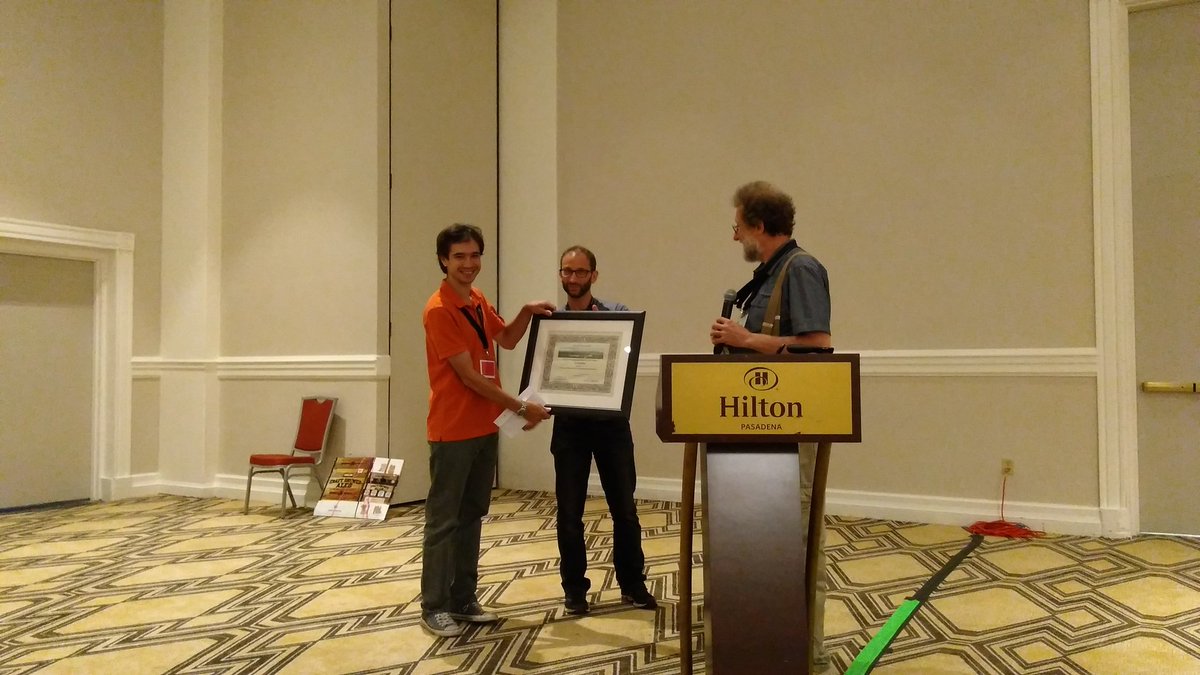I wrote a post for The Birth of an Idea, which is a really beautiful blog collecting insights on how scientists start their science. Thanks Vitor for the opportunity to contribute! Here is my post:
Bikes and Colorful Pieces
An idea, a good one at least, is like a gift. It’s something which is not yours (indeed, you didn’t have it before!) but comes to you, it’s given to you.
I bike to work, it’s kind of ten minutes from my place to the Cambridge Maths department, but those ten minutes can be more productive than ten hours or ten days in front of my computer’s screen. It’s morning, your mind should be clear (you should pay attention to cars while biking!), but it’s actually already getting full of what you have to do today. You get to the office, sit down, turn your computer on, and start looking at your problem. You write the equations down, try putting them in a computer, it doesn’t work, just nans coming out. You ask a collaborator who hopefully knows something, write the equations down again, it doesn’t work. You check in a paper if someone else did something similar, take a break, get annoyed (and here I typically open football websites…). Oh, and you write the same equations down again, it simply doesn’t work.
At some stage, it’s time to go home, and that moment is precious to me. You know your problem so well, those equations, that crashing piece of code, but you were looking too close. When I close my laptop and get on my way home, fresh air on my face, I can look at the problem from afar. It’s like looking at those beautiful ancient mosaics. If you look very close, you only see one colored piece, but you can’t see any meaning in it. Each piece is crucial to the final piece of art, but the value of each piece is its relation to the bigger picture. You can only appreciate a mosaic if you take one step back and look to the whole picture from afar. Wow. Biking home is my step back. You’ve been looking at all pieces for days, weeks, you know the color of each piece so well that you can finally grasp the relation which puts them together.
An idea, a good one at least, is like a gift you can say thanks for.



